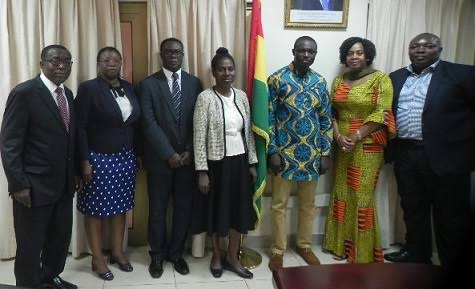GDP Growth is Nothing Without Inclusive Growth, Blasts Adesina
The President of the African Development Bank (AfDB) Dr. Akinwumi Adesina has described as disappointing the quality of growth being recorded across many African countries noting that they are inadequate to make the desired impact in the lives of the people, and lift many out of poverty. This was in response to the newly released Africa Economic Outlook (AEO) which revealed that Africa’s economies are growing strongly, but not having desired impacts. According to Dr. Adesina, growth alone cannot meet the needs of the continent’s poorest citizens, because “nobody eats GDP,” he said as he unveiled the Bank’s flagship economic report.

The 2020 African Economic Outlook (AEO) showed that the continent’s economies are growing well, higher than the global average. The report projected a steady rise in growth in Africa from 3.4% in 2019 to 3.9% in 2020 and 4.1% in 2021. According to the report, these figures do not tell the whole story. Across the continent, the poor are not seeing enough of the benefits of robust growth. Relatively few African countries posted significant declines in extreme poverty and inequality, which remain higher than in other regions of the world.
Read also:Africa’s Private Sector Gets $3.5 billion Support from Japan and the AfDB.
Inclusive growth occurred in only 18 of 48 African countries with data, the report revealed. According to Adesina “Growth must be visible. Growth must be equitable. Growth must be felt in the lives of people.”
The theme of the 2020 Africa Economic Outlook report, Developing Africa’s workforce for the future, calls for swift action to address human capital development in African countries, where inclusive growth has been held back by a mismatch between young workers’ skills and the needs of employers.
The Bank’s flagship report states that increased investments in education is key as well as progressive universalism in education spending—setting high priorities for the poor and disadvantaged and focusing on basic education first where social returns are highest. Its recommendations include improving access to education in remote areas, incentives such as free uniforms and text books, banning child labour and improving teaching standards.
Read also:How Bank of Ghana Won the Central Bank of the Year 2020
To better match skills with job opportunities, the report recommends that governments need to develop a demand-driven education system in tune with rapidly emerging jobs in the private sector, including software engineers, marketing specialists and data analysts, the report says.
“Africa is blessed with resources, but its future lies in its people…education is the great equaliser. Only by developing our workforce will we make a dent in poverty, close the income gap between rich and poor, and adopt new technologies to create jobs in knowledge-intensive sectors,” said Hanan Morsy, Director of the Macroeconomic Policy, Forecasting and Research Department at the Bank.
Kelechi Deca

Kelechi Deca has over two decades of media experience, he has traveled to over 77 countries reporting on multilateral development institutions, international business, trade, travels, culture, and diplomacy. He is also a petrol head with in-depth knowledge of automobiles and the auto industry





